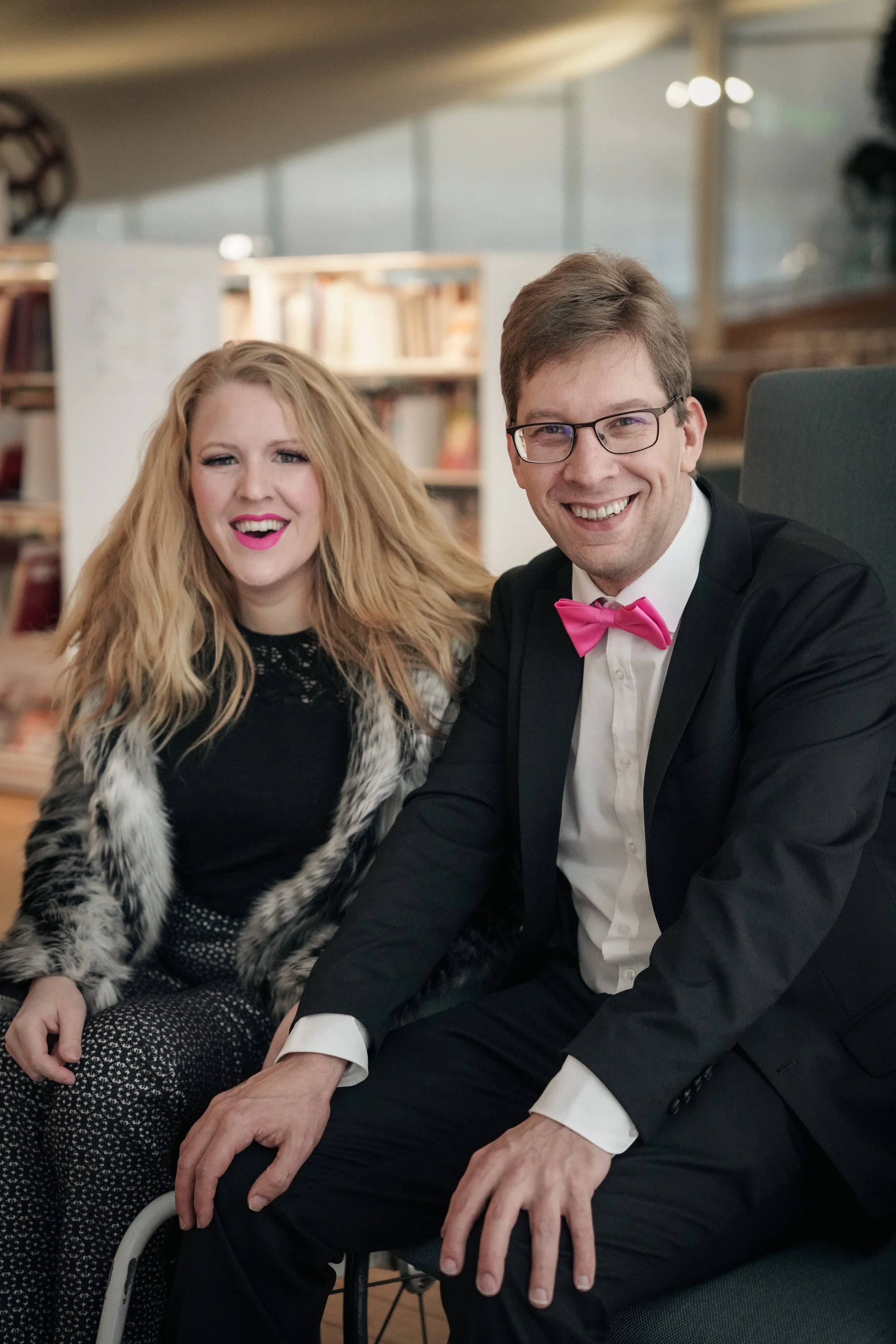Accessibility and inclusivity as builders of employer brand and candidate experience
Skills shortage and job-matching problem. There’s a phrase that has been talked about and debated in recent times in the speeches of our politicians as well as in the coffee table conversations of HR professionals.
As always, the proposed solutions depend on who you ask. In our view, this can largely be summed up in one question: how can one get a job there or can they get one at all?
Do you know of any company that wouldn’t want to hire the best professionals in their field? We don’t know any. And so it should be. The challenge lies more in where to find professionals, how to communicate the company’s values outwardly, and how they are implemented in practice.
Let’s take a hypothetical case.
Matti or Maija heard from their high school guidance counselor that the IT industry has good job opportunities. And that their wheelchair wouldn’t be a hindrance because it is not a physical job. So, they decide to pursue a career in the field.
Their studies went smoothly, and they graduated with good grades. The moment arrived when they began to look for their first job. It wasn’t long before they received an interview invitation in their email, how wonderful!
But then, Matti or Maija had thought that they had forgotten to ask the recruiter. Could the company’s office be accessible? Can they get inside with their wheelchair, and if so, does it have an accessible restroom? Matti or Maija sent a message to the recruiter about the issue.
After receiving the message, the recruiter – let’s call them Riku or Riikka – started to ponder that, indeed, last fall they had a diversity consultant who trained the entire team, but they couldn’t recall discussing accessibility. They even asked their colleague Jani for their opinion from the other side of the cubicle: “Hey, Jani, how about our accessibility issues, did we talk about them at last year’s team day?”
Jani didn’t remember that they did. And they don’t really know where to start to investigate. On the other hand, neither of them wants to admit their ignorance to Matti or Maija. It’s a bit embarrassing. At the same time, Matti or Maija is waiting for an answer and checking their inbox every two minutes, hoping for a reply.
Let’s pause for a moment. How could the situation described above have been resolved in advance? We have a couple of perspectives.
The first is to be open to all job seekers, including those with disabilities, from the outset. Recognize that the best professionals can also be found among them.
Then, identify what information such applicants need. A good start is to have instructions for accessing the office on the company’s website and information on who to contact in case of any problems. In general, communication plays an important role in this matter, as it does in forming the overall applicant experience. Specifically, communication from the perspective that all kinds of professionals are welcome in our company.
So, how did Matti or Maija do? The company was able to find a suitable entrance and restroom for them after all. Since then, the company’s website has been updated to include information on accessibility and inclusivity. Employer branding and candidate experience have been shown to improve, resulting in more job applications for open positions. Recruiters no longer have to worry about questions regarding accessibility – these considerations are built into the company’s recruitment process.
The authors, Marko Jääskeläinen and Reeta Lindeman, work as entrepreneurs at C Diversity, helping their clients develop inclusive workplaces and bridging the gap between companies and talent.
For more information, visit their website www.cdiversity.fi.

